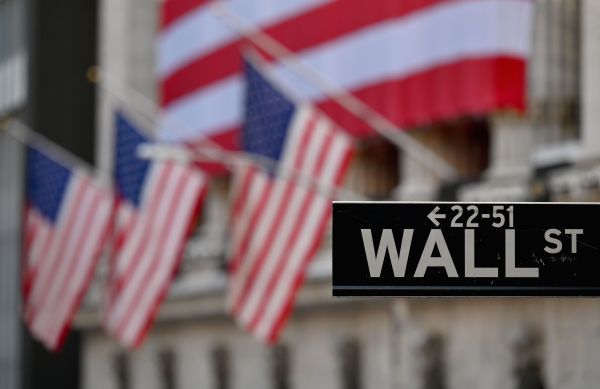Recently, a competition between retail investors and institutional investors in the U.S. market has caused the stock prices of individual stocks such as game stations and AMC cinemas to continue to soar.
According to the media, this is a grassroots investor hitting the financial elite and venting their anger on Wall Street’s greedy nature.
So, is there enough “ammunition” for retail investors in the United States? Can retail investors defeat the “Wolf of Wall Street”?
How does the “forcing short” drama develop? The two major investment banks disagree.
The competition between retail investors and institutions in the United States has gradually escalated from a farce, and even raised concerns about whether it will collapse in U.S. stocks.
Goldman Sachs and JPMorgan Chase, the two major investment banks in the United States, disagreed on the follow-up development of the situation.
Goldman Sachs believes that American retail investors have increased their savings in recent years and “ammunition” is sufficient. In 2000, before the peak of U.S. stocks, the size of credit card debt in the United States increased by 5%, while the size of checking deposits decreased.
The trend in 2020 is the opposite. Last year, the size of credit card debt in the United States fell by more than 10%, the size of checking deposits increased by $4 trillion, and the size of savings increased by $5 trillion.
In addition, Goldman Sachs economists predict that the U.S. federal government will have more than $1 trillion in additional financial support in the next few months, including another round of direct check subsidies.
Although the current net margin borrowing accounts for 0.9% of the value of the U.S. stock market, which is equivalent to 1% in 2000. However, the growth of margin debt of 35% in the past 12 months is dwarfed by the increase of 150% in 1999.
JPMorgan Chase believes that the volatility and margin requirements of “retail group stocks” have risen sharply, which may cost retail investors who have benefited from the positive momentum in the past few weeks.
These losses may in turn lead to a slowdown in the inflow of unovernover retail capital, weakening an important support of the stock market.
Therefore, monitoring the overall flow of funds from retail investors in the United States is very important for the future market trend.
The drama of “forcing short” shows that “anger politics” is far from over.
This game between American retail investors and institutional investors has attracted the attention of public opinion.
Several media believe that during the coronavirus epidemic, Wall Street short-selling institutions have made a lot of money, and the image of greedy capital has been strengthened.
At the same time, millions of Americans have applied for unemployment benefits, further deepening the polarization between rich and poor in the United States.
Against this background, grassroots investors hit the financial elite in the market and vented their anger at Wall Street’s greedy nature.
In addition, some media said that the polarization between rich and poor is intertwined with other problems in American society, which has jointly created the formation of “angry politics” in the United States.
The “Black Lives and Lives” movement that emerged last year was protracted, and behind it was a reflection of economic inequality at the racial level.
The riots on Capitol riots on January 6 this year have a lot to do with the polarization between rich and poor.
The recent frenzied war between retail investors and institutional investors in the United States shows that “anger politics” is far from over in the United States.
Some media commented that if the “Black Life is the Life” campaign broke the myth of the “blood pot of race” in the United States, and the Capitol riots completely removed American democracy from the altar; then the multi-short war once again cast a vote of no confidence in the American financial system and the economic system.



